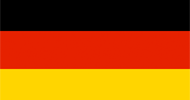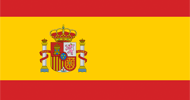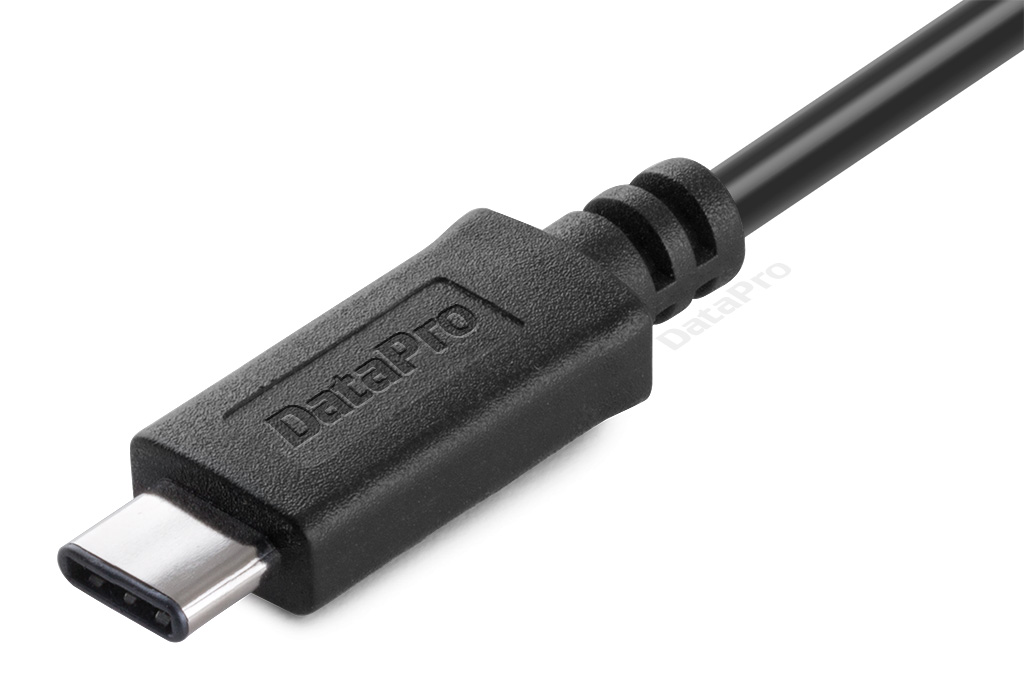 USB4 is the fifth major revision of the Universal Serial Bus standard. It was announced on March 4th, 2019, with its official spec published in late August of the same year. In December 2019, the first USB4 chipset was announced and demonstrated.
USB4 is the fifth major revision of the Universal Serial Bus standard. It was announced on March 4th, 2019, with its official spec published in late August of the same year. In December 2019, the first USB4 chipset was announced and demonstrated.
USB-C introduced the ability to send multiple types of signals over USB cabling using "alt modes." USB4 expands that versatility by incorporating video and data into its own tunneling protocol called USB4 Fabric. This converts USB, DisplayPort, and PCIe traffic to packets, then routes them over its topology, similar to packetized data moving over a network. Using this method, USB4 is capable of doubling the maximum bandwidth of its predecessor - up to 40 Gbps, while remaining backwards-compatible with nearly all previous releases. This version of USB also requires devices to support the USB-PD Power Distribution protocol, which allows power transfer and charging between a wide range of devices.
Index:
- What is USB4?
- How fast is USB4?
- Does USB4 really not have a space in it?
- When will USB4 be released?
- What are the minimum supported features of a USB4 port?
- What is USB4 Fabric?
- What's the difference between alt mode and tunneling?
- Will a non-active Thunderbolt cable work with USB4?
- Will USB4 support USB-PD's full 100W capacity?
- Will USB4 be backwards compatible?
- What kind of connector does USB4 use?
- Is USB4 Thunderbolt?
- What version of DisplayPort does USB4 support?
- What is the USB4 Spec?
- How long can USB4 cables be?
More USB Information:
- USB Info - An overview of USB
- USB 3.0 Guide and FAQ - Now known as USB 3.2 Gen 1
- USB Type-C Guide and FAQ - The most versatile connector!
What is USB4?
USB4 is the fifth major revision of the Universal Serial Bus standard - an industry standard specification for cables, connectors, and communication protocols. USB4 was announced on March 4th, 2019, with its official spec published in late August of the same year. It is capable of double the maximum bandwidth of its predecessor - up to 40 Gbps, while remaining backwards-compatible with nearly all previous releases.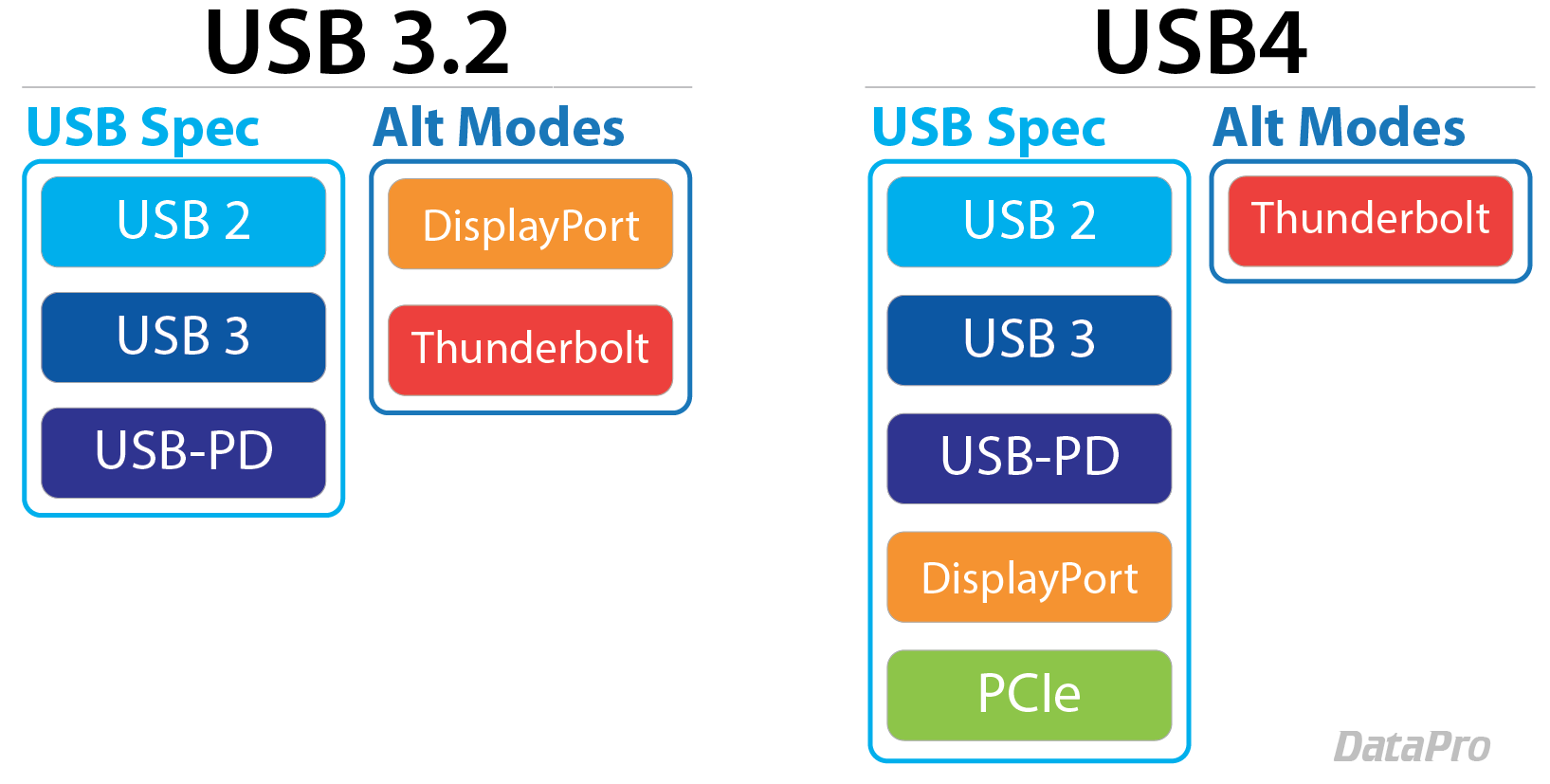
How fast is USB4?
USB4's maximum data transfer speed is 40 Gbps. However the minimum speed that USB4 devices are required to support is 20 Gbps.To achieve a full 40 Gbps transfer rate requires the use of USB4 Gen 3 certified cables.
Does USB4 really not have a space in it?
It does not. According to the USB Promoter Group the goal is for "USB4" to become a brand of its own, which will be used for the foreseeable future. Further improvements would increment the suffix of XxY, for example "USB4 4x4."| Original Name | Former Name | Current Name | Max Speed | Connectors |
|---|---|---|---|---|
| USB 3.0 | USB 3.1 Gen 1 | USB 3.2 Gen 1 | 5 Gbps | USB-A, USB-C |
| USB 3.1 | USB 3.1 Gen 2 | USB 3.2 Gen 2 | 10 Gbps | USB-A, USB-C |
| USB 3.2 | USB 3.2 Gen 2x2 | 20 Gbps | USB-A, USB-C | |
| USB4 Gen 2x2 | 20 Gbps | USB-C | ||
| USB4 Gen 3x2 | 40 Gbps | USB-C |
When will USB4 be released?
USB4 was announced on March 4th, 2019, with its official spec published in late August of the same year. In December 2019, the first USB4 chipset was announced and demonstrated.What are the minimum supported features of a USB4 port?
Some portions of the USB4 spec are optional for manufacturers to support in their products, while others must be included in every implementation.All devices are required to support USB4, USB 3, and USB 2. They'll also support the USB-PD (Power Delivery) spec, though not necessarily at its full 100W capacity. In some cases, hubs actually have stricter requirements than hosts, as they must support PCIe and the USB4 40 Gbps throughput -- both being optional in a host.
Hosts must support:
- USB4 at 20 Gbps (Gen 2 x 2)
- USB 3.2, USB 2.0
- DisplayPort
- Tunneling through USB4
- DisplayPort alt mode on all Downward Facing Ports (DFPs)
- USB-PD (Power Delivery) 2.0
- USB4 at 40 Gbps (Gen 2 x 2)
- USB 3.2, USB 2.0
- PCIe 3.0
- DisplayPort
- Tunneling through USB4
- DisplayPort alt mode on at least one Downward Facing Ports (DFPs)
- USB-PD (Power Delivery) 2.0
What is USB4 Fabric?
USB4 Fabric is a data transmission protocol based on Intel's Thunderbolt 3 standard. It is USB4's primary method of moving data across its connection, and can be used as a tunnel for USB, DisplayPort, and PCIe signals through the same physical cable.
This is a significant change from previous versions of USB, where a USB-C port could be used for DisplayPort or Thunderbolt, but only as Alt Modes, which require a direct connection to the port on the device, as illustrated below.
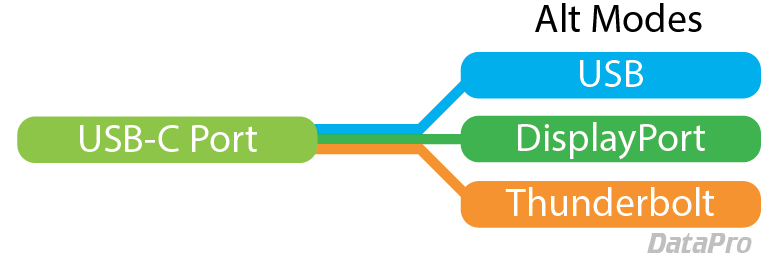
With the inclusion of DisplayPort and parts of Thunderbolt (notably PCIe) into the USB4 spec and fabric, displays and high-bandwidth data devices can theoretically be connected to any part of the USB4 infrastructure, allowing configurations like this:

What's the difference between alt mode and tunneling?
Alt modes use a physical chip connected to the USB-C port to send a signal other than USB. For example DisplayPort or HDMI.Tunneling takes that same signal and converts it into packets that can be sent along the USB-C cable at the same time as other data. This typically requires less physical hardware, and allows multiple types of signals to be run over a single cable.
Will a non-active Thunderbolt cable work with USB4?
Yes! non-active USB-C cables that were originally rated for Thunderbolt use will allow 40 Gbps transfer speeds when used with appropriate USB4 hardware.Will USB4 support USB-PD's full 100W capacity?
Yes! Though the strength of the USB-PD (Power Delivery) isn't just its top end, but its ability to negotiate optimal power transfer between disparate devices.Will USB4 be backwards compatible?
Yes! All USB4 implementations are required to support backwards compatibility with USB 3.2 and USB 2.0.What kind of connector does USB4 use?
USB4 exclusively uses the USB-C connector.Is USB4 Thunderbolt?
No. Although it uses the same underlying technology, and includes the same features, the two remain distinct for now. Thunderbolt support may optionally be included by USB4-capable device manufacturers for a one-time licensing fee paid to Intel.What version of DisplayPort does USB4 support?
USB4 supports DisplayPort 2.0 functionality, though not necessarily at full speed depending on the implementation and topology of the setup.What is the USB4 Spec?
The USB4 specification is a collection of technical documents released by the USB Implementer's Forum that defines the operation and implementation of the USB4 standard. It was released in August of 2019.How long can USB4 cables be?
To achieve full "Gen 3" 40 Gbps performance, USB4 cables must be under 0.8m or 2.6ft. Gen 2 or 20 Gbps cables may be up to 2m or 6.5ft. Cable Beyond this length will still function, but may suffer from reduced performance. It is also likely that Active Boosted Cables and Active Optical Cables will be able to exceed this length.
Looking for more information?
This article is part of a series about USB. Should you have any questions, or if you're looking for a specific solution, feel free to contact our Sales department.
Check out some of our other popular tech guides for even more information:
This article is part of a series about USB. Should you have any questions, or if you're looking for a specific solution, feel free to contact our Sales department.
Check out some of our other popular tech guides for even more information:






